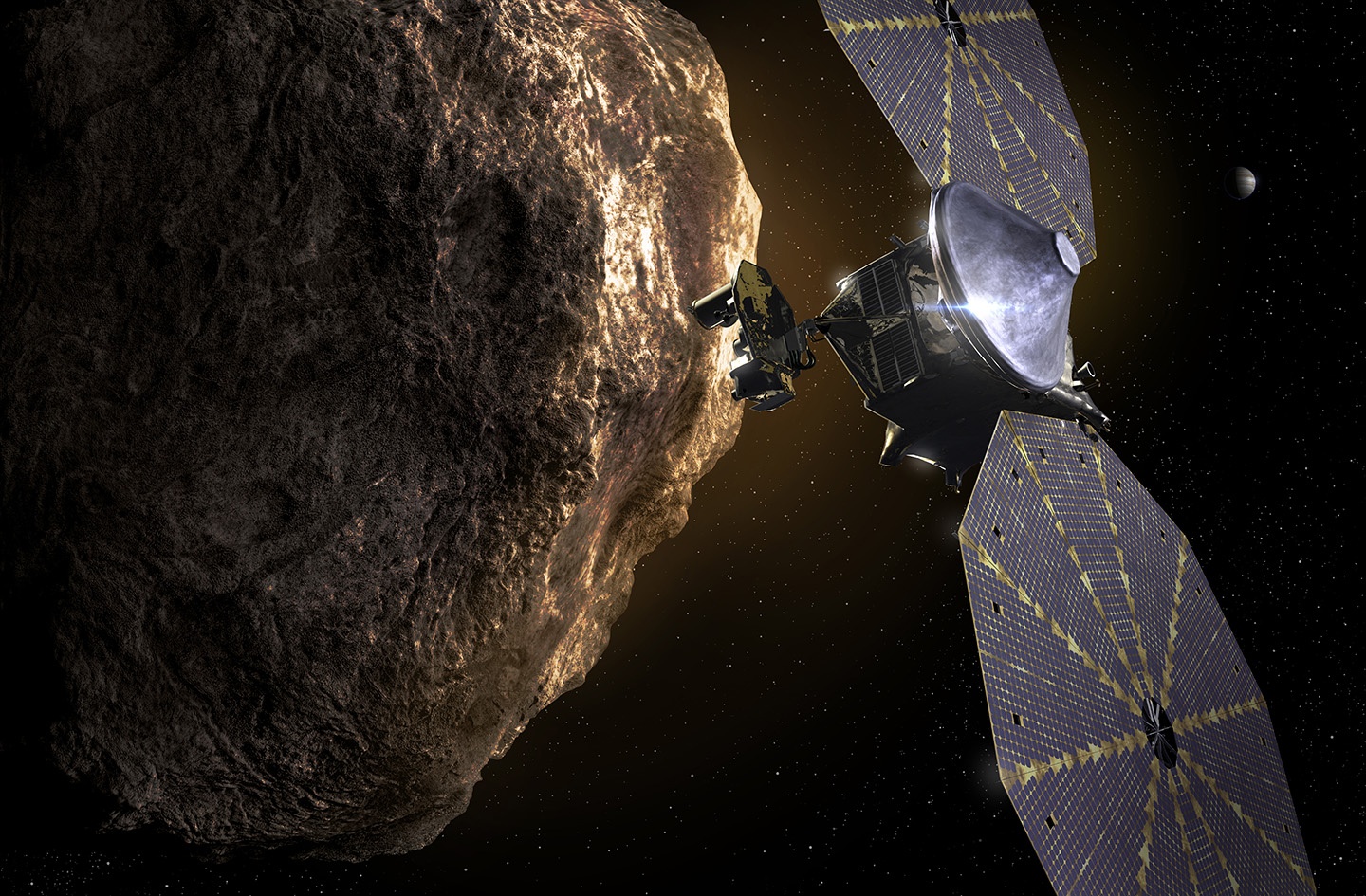Eleven years into its mission, the Lunar Reconnaissance Orbiter (LRO) is starting to show its age, but a recent software update promises to give the spacecraft a new lease on life. As NASA’s eye in the sky over the Moon, the LRO has been responsible for some of the best Lunar observations since the days of Apollo. This new upgrade will allow that legacy to continue.
Continue reading “Lunar Spacecraft Gets an Upgrade to Capture New Perspectives of the Moon”A New Technique to Find Cold Gas Streams That Might Make up the Missing (Normal) Matter in the Universe
Where is all the missing matter? That question has plagued astronomers for decades, because the Universe looks emptier than it should, given current theories about its makeup. Most of the Universe (70%) appears to be composed of Dark Energy, the mysterious force which is causing the Universe’s rate of expansion to increase. Another 25% of the Universe is Dark Matter, an unknown substance which cannot be seen, but has been theorized to explain the otherwise inexplicable gravitational forces which govern the formation of galaxies. That leaves Baryonic Matter – all the normal ‘stuff’ like you, me, the trees, the planets, and the stars – to make up just 5% of the Universe. But when astronomers look out into the sky, there doesn’t even seem to be enough normal matter to make up 5%. Some of the normal matter is missing!
Continue reading “A New Technique to Find Cold Gas Streams That Might Make up the Missing (Normal) Matter in the Universe”Jupiter’s Trojan Asteroids Offer Surprises Even Before NASA’s Lucy Mission has a Chance to Visit Them.
A new study out this month suggests that Jupiter’s Trojan asteroids may be more peculiar than previously thought. The Trojan asteroids are rocky objects which orbit the Sun just ahead of and just behind the gas giant, in gravitational sweet spots known as Lagrange points. The swarm ahead of Jupiter, known as the L4 (Greek) group, is slightly larger than the L5 (Trojan) swarm behind, but until now, astronomers believed that there was otherwise little differentiation between the two swarms. The paper released this month appears to change that.
Continue reading “Jupiter’s Trojan Asteroids Offer Surprises Even Before NASA’s Lucy Mission has a Chance to Visit Them.”


